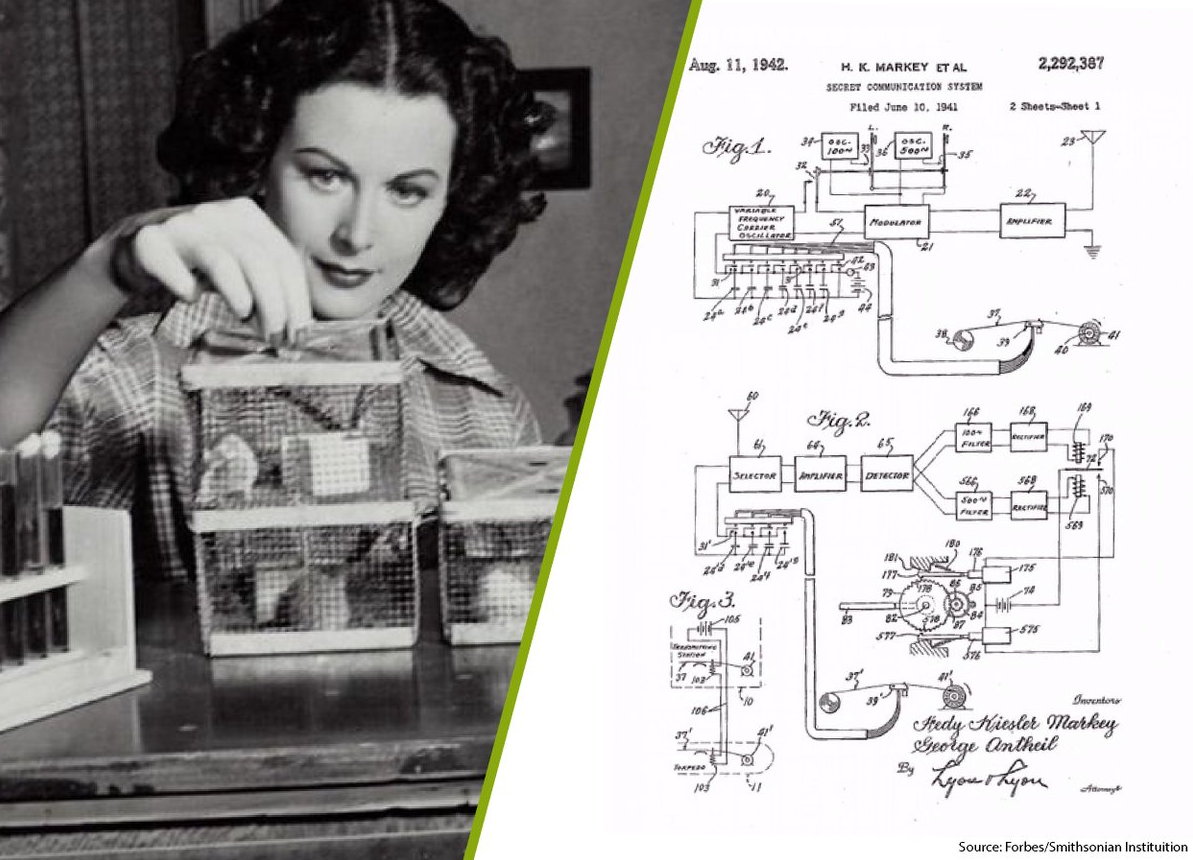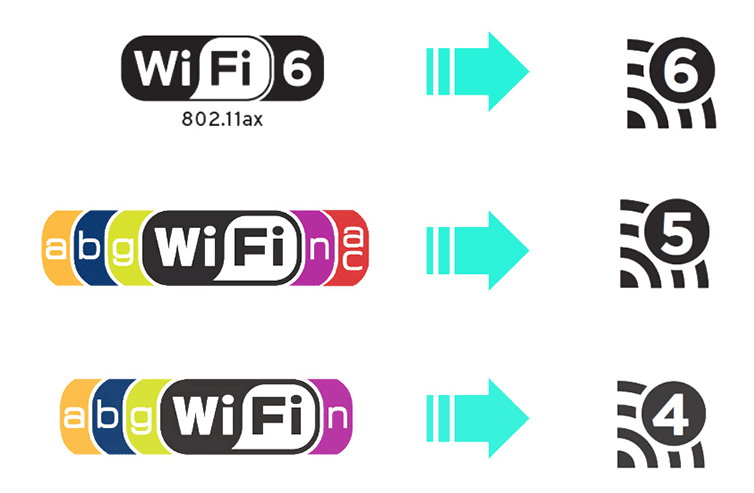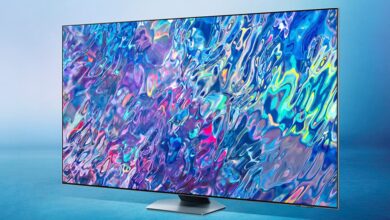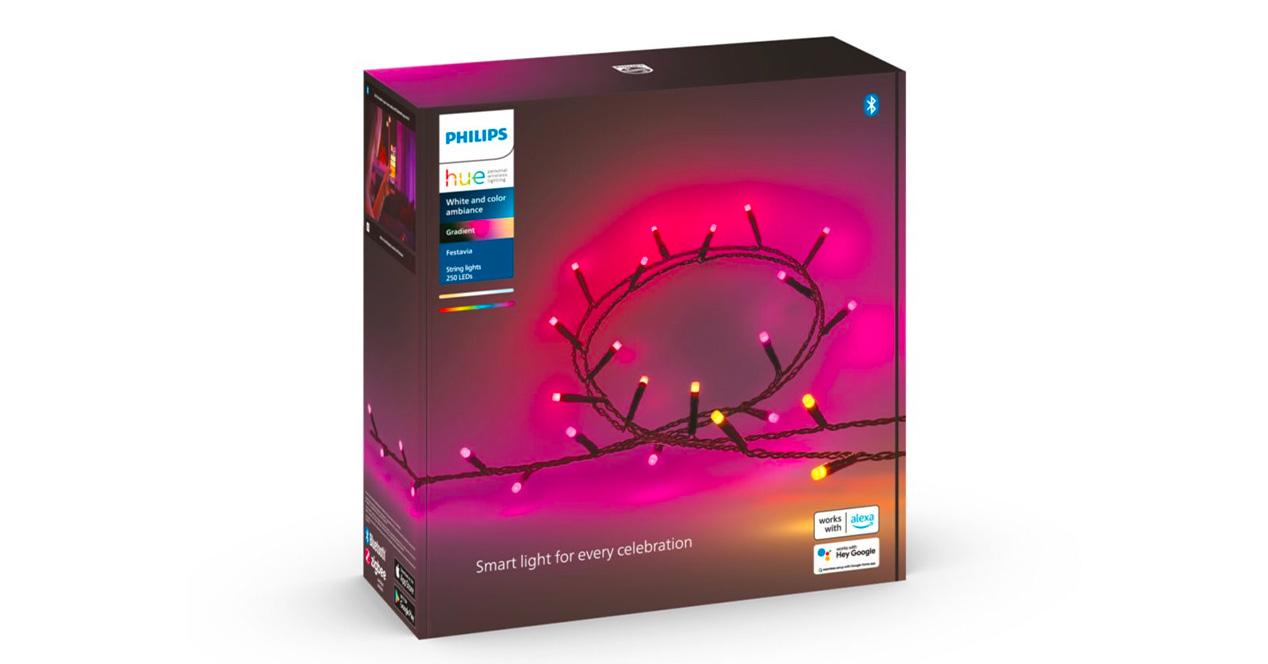
Wi-Fi is an essential standard that has succeeded in driving the era of total connectivity in which we live. It is the main technology for creating local networks through wireless interconnections that avoid having to pull cables through homes, companies or any location, and also for connecting the billions of devices of all kinds that today connect using this standard to the mobile Internet.
The organization responsible for the standard, the Wireless Broadband Allianceproposed that Every June 20 a World Wi-Fi Day will be celebrated to highlight the importance of this wireless technology. This day coincides with the anniversary (24 years) since telecommunications giants such as Nokia, 3Com, Airones, Intersil or Lucent came together to create WECA, later converted into the WiFi Alliance that currently manages the standard.
Where does Wi-Fi come from?
Discoveries in the 40s were the ones that laid the foundation for this wireless technology and specifically the discovery of the wide spectrum, the basis for protocols such as Wi-Fi or Bluetooth. We owe it to an extraordinary womanof a Jewish family, born as Hedwig Eva María Kiesler in the former Austro-Hungarian empire and who knew how to navigate between waters as diverse as those of actress and engineering.
As a curiosity, to say that Hedy Lamarr (the stage name that her protector Louis B. Mayer proposed to her, at the time magnate and owner of Metro Goldwyn Mayer) was the first woman who starred in a nude in the history of cinema. More important was her contribution to world telecommunications with the invention of a system capable of detecting the remote-controlled torpedoes used by the German fleet in World War II to dominate the Atlantic.
The device was capable of operating at 88 frequencies (equivalent to piano keys) and reproducing what we now know as frequency hopping spread spectrum. This development provided the technical basis for a further step to be taken in 1971. A computer network called ALOHAnet designed by the University of Hawaii sent various data packets over UHF waves, which were used by television channels.
In 1985, the US telecommunications regulator, the FCC, took a definitive step by freeing up the ISM band so that anyone could transmit data wirelessly without licenses or paying royalties. Among others, it covered the 2.4 and 5 GHz bands that are the basis of current Wi-Fi. Already in the 1990s, the standard was expanded with projects such as wireless transmission between ATMs carried out by NCR and AT&T with WaveLAN technology.
Finally, given the need to establish a common standard that would ensure the compatibility of network equipment and devices and promote the use of wireless connectivity technologies, the giants of the sector came together in WECA, today known as the Wi-Fi Alliance, of which more than 150 companies are part.
World Wi-Fi Day, the standard today
The creation of industry standard IEEE 802.11 under the Wi-Fi trademark, compatible with all existing local network LAN services, but with packet transmission wirelessly, was the definitive takeoff moment for this technology. Since then, the IEEE 802.11 standard has been improving in performance, security, scope, new technologies or in the expansion of the spectrum of use to other radio bands.
With the goal of helping users identify devices (and not the technical gibberish that was previously used) the Wi-Fi Alliance simplified the generational names of the norm remaining as follows:
- 802.11b → Wi-Fi 1
- 802.11a → Wi-Fi 2
- 802.11g → Wi-Fi 3
- 802.11n → Wi-Fi 4
- 802.11ac (the most widespread) → Wi-Fi 5
- 802.11ax (active since 2019) → Wi-Fi 6
- 802.11ax (active since 2021) → Wi-Fi 6E
- 802.11b (2024….) Wi-Fi 7
In addition to the nomenclatures, the Wi-Fi Alliance adopted a new visual model that should appear both on the network equipment and on the devices that connect to it, instead of the classic versions with letters. Much easier to understand at a glance.
And for the future: Wi-Fi 7
The next version of the standard is already here. Although its final specifications have not been published, several vendors have anticipated the launch, including chip makers like Qualcomm and MediaTek, and equipment providers like D-Link or Netgear.
Technically named IEEE 802.11be, the new wireless standard is being developed to achieve a extremely high performance (EHT), so we can expect improvements in transfer speeds, lower latency, better handling of connected devices and spectrum expansion with higher bandwidth channels, which end up determining the data rate of a Wi-Fi signal and ultimately increase performance.
The main objective is to set up a local wireless network with enough features to definitively replace wired networks. Vendors working on the standard say the release of Wi-Fi 7 will mark the first time Wi-Fi can be a true cable/Ethernet replacement for high-bandwidth applications including the Metaverse, remote work, streaming games, cloud computing or virtual/augmented reality, some types of application that until now have not worked properly in wireless networks.
Between the features to expect from Wi-Fi 7 stand out:
- Theoretical data transfer rate up to 46Gbps. A monumental increase compared to the 9.6 Gbps of Wi-Fi 6.
- Bandwidth 320MHz (320/160+160 MHz and 240/160+80 MHz) doubling that of Wi-Fi 6.
- More efficient use of contiguous and non-contiguous spectrum.
- Aggregation and multiband/multichannel operation.
- Quadrature amplitude modulation QAM up to 4094 compared to the previous 1024.
- Double the number of spatial streams from 8 to 16 and improvements to the MIMO function.
- Improved resource allocation in OFDMA.
- Multi-User Resource Unit (MRU) to increase the ability to connect more devices at higher speeds and with fewer interruptions.
- Enhancements to Multi-Link Operation (MLO) technology, which aggregates multiple channels in different frequency bands at the same time to improve network traffic. Essential for streaming gameplay.
- Coordination of multiple access points (AP) in coordinated and joint transmission.
- Enhanced Link Adaptation and Retransmission Protocol, especially in Hybrid Automatic Repeat Requests (HARQ).
We expect 2024 to be the year of general deployment of the latest version of an essential standard that we reviewed on World Wi-Fi Day.





